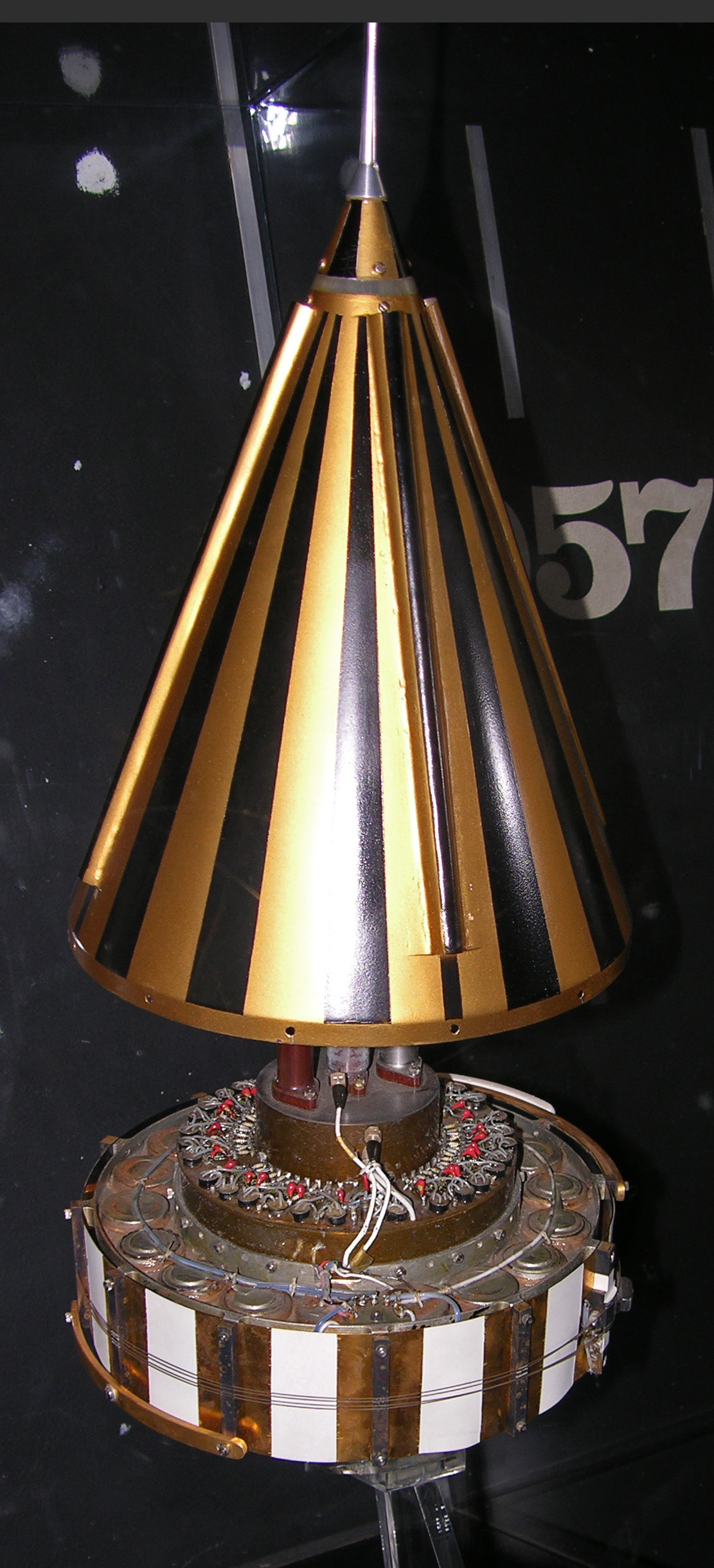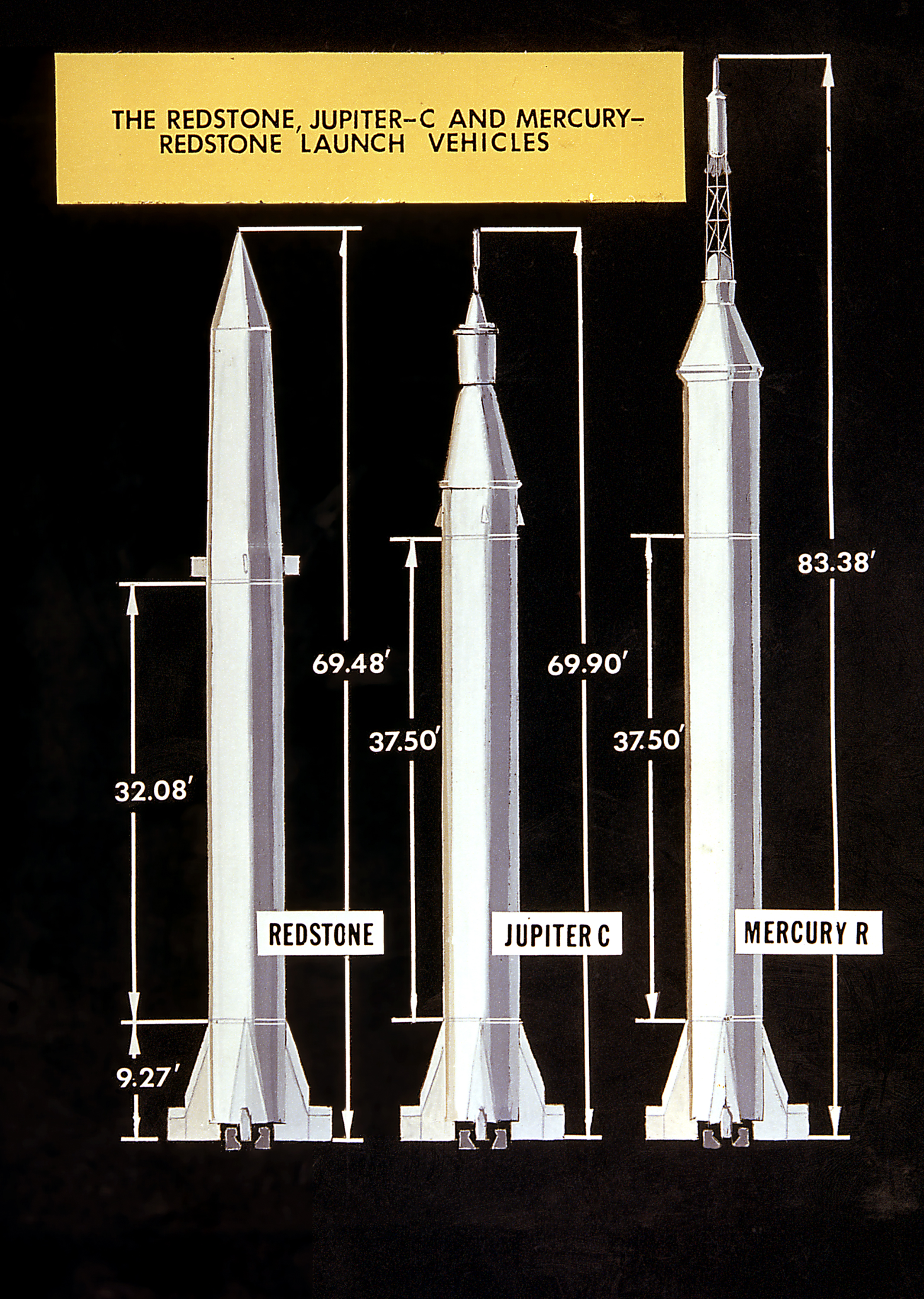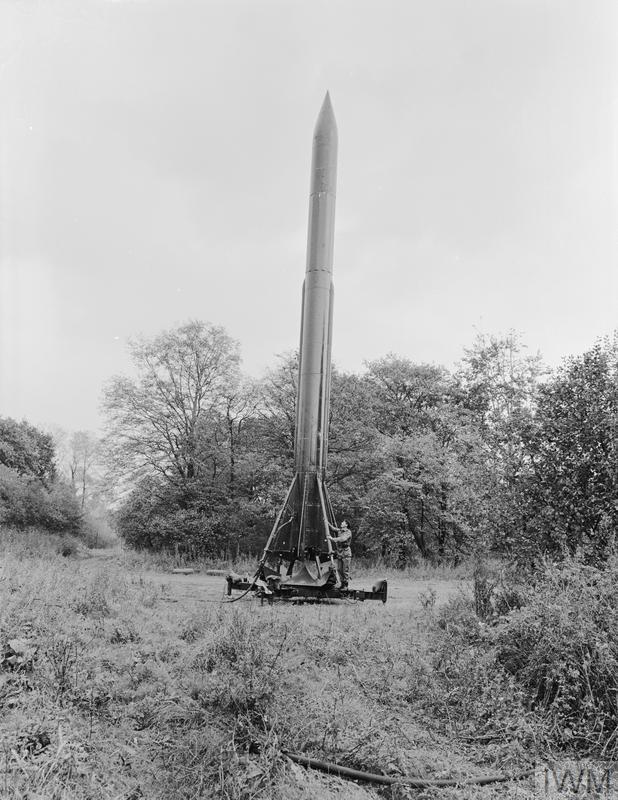|
Bill Pickering (rocket Scientist)
William Hayward Pickering (24 December 1910 – 15 March 2004) was a New Zealand-born aerospace engineer who headed Pasadena, California's Jet Propulsion Laboratory (JPL) for 22 years, retiring in 1976. He was a senior NASA luminary and pioneered the exploration of space. Pickering was also a founding member of the United States National Academy of Engineering. Origins and education Born in Wellington, New Zealand, on 24 December 1910, Pickering attended Havelock School, Marlborough, and Wellington College. After spending a year at the Canterbury University College, he moved to the United States (where he subsequently naturalized), to complete a bachelor's degree at the California Institute of Technology ("Caltech"), and later, in 1936, a PhD in Physics. His speciality was in Electrical Engineering, and he majored in what is now commonly known in scientific vernacular as 'telemetry'. Jet Propulsion Laboratory William Pickering became involved with the Jet Propulsion Laborato ... [...More Info...] [...Related Items...] OR: [Wikipedia] [Google] [Baidu] |
Wellington
Wellington ( mi, Te Whanganui-a-Tara or ) is the capital city of New Zealand. It is located at the south-western tip of the North Island, between Cook Strait and the Remutaka Range. Wellington is the second-largest city in New Zealand by metro area, and is the administrative centre of the Wellington Region. It is the world's southernmost capital of a sovereign state. Wellington features a temperate maritime climate, and is the world's windiest city by average wind speed. Legends recount that Kupe discovered and explored the region in about the 10th century, with initial settlement by Māori iwi such as Rangitāne and Muaūpoko. The disruptions of the Musket Wars led to them being overwhelmed by northern iwi such as Te Āti Awa by the early 19th century. Wellington's current form was originally designed by Captain William Mein Smith, the first Surveyor General for Edward Wakefield's New Zealand Company, in 1840. The Wellington urban area, which only includes urbanised ar ... [...More Info...] [...Related Items...] OR: [Wikipedia] [Google] [Baidu] |
University Of Canterbury
The University of Canterbury ( mi, Te Whare Wānanga o Waitaha; postnominal abbreviation ''Cantuar.'' or ''Cant.'' for ''Cantuariensis'', the Latin name for Canterbury) is a public research university based in Christchurch, New Zealand. It was founded in 1873 as Canterbury College, the first constituent college of the University of New Zealand. It is New Zealand's second-oldest university, after the University of Otago, itself founded four years earlier in 1869. Its original campus was in the Christchurch Central City, but in 1961 it became an independent university and began moving out of its original neo-gothic buildings, which were re-purposed as the Christchurch Arts Centre. The move was completed on 1 May 1975 and the university now operates its main campus in the Christchurch suburb of Ilam. The university is well known for its Engineering and Science programmes, with its Civil Engineering programme ranked 9th in the world (Academic Ranking of World Universities, 2021). ... [...More Info...] [...Related Items...] OR: [Wikipedia] [Google] [Baidu] |
Pioneer 4
Pioneer 4 was an American spin-stabilized uncrewed spacecraft launched as part of the Pioneer program on a lunar flyby trajectory and into a heliocentric orbit making it the first probe of the United States to escape from the Earth's gravity. It carried a payload similar to ''Pioneer 3'': a lunar radiation environment experiment using a Geiger–Müller tube detector and a lunar photography experiment. It passed within 58,983 km of the Moon's surface. However, ''Pioneer 4'' did not come close enough to trigger its photoelectric sensor. The spacecraft was still in solar orbit as of 1969. It was the only successful lunar probe launched by the U.S. in 12 attempts between 1958 and 1963; only in 1964 would Ranger 7 surpass its success by accomplishing all of its mission objectives. After the Soviet Luna 1 probe conducted the first successful flyby of the Moon on 3 January 1959, the pressure felt by the US to succeed with a lunar mission was enormous, especially since American ... [...More Info...] [...Related Items...] OR: [Wikipedia] [Google] [Baidu] |
Explorer 3
Explorer 3 (Harvard designation 1958 Gamma) was an American artificial satellite launched into medium Earth orbit in 1958. It was the second successful launch in the Explorer program, and was nearly identical to the first U.S. satellite Explorer 1 in its design and mission. Background The U.S. Earth satellite program began in 1954 as a joint U.S. Army and U.S. Navy proposal, called Project Orbiter, to put a scientific satellite into orbit during the International Geophysical Year (IGY). The proposal, using a U.S. Army Redstone missile, was rejected in 1955 by the Eisenhower administration in favor of the U.S. Navy's Project Vanguard, using a booster advertised as more civilian in nature. Following the launch of the Soviet satellite Sputnik 1 on 4 October 1957, the initial Project Orbiter program was revived as the Explorer program to catch up with the Soviet Union. Launch The satellite was launched from Cape Canaveral Missile Test Center of the Atlantic Missile Range (AMR), ... [...More Info...] [...Related Items...] OR: [Wikipedia] [Google] [Baidu] |
National Aeronautics And Space Administration
The National Aeronautics and Space Administration (NASA ) is an independent agency of the US federal government responsible for the civil space program, aeronautics research, and space research. NASA was established in 1958, succeeding the National Advisory Committee for Aeronautics (NACA), to give the U.S. space development effort a distinctly civilian orientation, emphasizing peaceful applications in space science. NASA has since led most American space exploration, including Project Mercury, Project Gemini, the 1968-1972 Apollo Moon landing missions, the Skylab space station, and the Space Shuttle. NASA supports the International Space Station and oversees the development of the Orion spacecraft and the Space Launch System for the crewed lunar Artemis program, Commercial Crew spacecraft, and the planned Lunar Gateway space station. The agency is also responsible for the Launch Services Program, which provides oversight of launch operations and countdown management for ... [...More Info...] [...Related Items...] OR: [Wikipedia] [Google] [Baidu] |
Sputnik
Sputnik 1 (; see § Etymology) was the first artificial Earth satellite. It was launched into an elliptical low Earth orbit by the Soviet Union on 4 October 1957 as part of the Soviet space program. It sent a radio signal back to Earth for three weeks before its three silver-zinc batteries ran out, and continued in orbit for three months until aerodynamic drag caused it to fall back into the atmosphere on 4 January 1958. It was a polished metal sphere in diameter with four external radio antennas to broadcast radio pulses. Its radio signal was easily detectable by amateur radio operators, and the 65° orbital inclination made its flight path cover virtually the entire inhabited Earth. The satellite's unanticipated success precipitated the American Sputnik crisis and triggered the Space Race, part of the Cold War. The launch was the beginning of a new era of political, military, technological and scientific developments. The word ''sputnik'' is Russian for ''satellite'' when ... [...More Info...] [...Related Items...] OR: [Wikipedia] [Google] [Baidu] |
Cape Canaveral
, image = cape canaveral.jpg , image_size = 300 , caption = View of Cape Canaveral from space in 1991 , map = Florida#USA , map_width = 300 , type =Cape , map_caption = Location in Florida , location = Florida, United States , water_bodies = Atlantic Ocean , coordinates = , relief = 1 , elevation = , area = , references = Cape Canaveral ( es, Cabo Cañaveral) is a cape in Brevard County, Florida, in the United States, near the center of the state's Atlantic coast. Officially Cape Kennedy from 1963 to 1973, it lies east of Merritt Island, separated from it by the Banana River. It is part of a region known as the Space Coast, and is the site of the Cape Canaveral Space Force Station. Since many U.S. spacecraft have been launched from both the station and the Kennedy Space Center on adjacent Merritt Island, the two are sometimes conflated with each other. Other features of the cape include Port Canavera ... [...More Info...] [...Related Items...] OR: [Wikipedia] [Google] [Baidu] |
Jupiter-C
The Jupiter-C was an American research and development vehicle developed from the Jupiter-A. Jupiter-C was used for three unmanned sub-orbital spaceflights in 1956 and 1957 to test re-entry nosecones that were later to be deployed on the more advanced PGM-19 Jupiter mobile missile. The recovered nosecone was displayed in the Oval Office as part of President Dwight D. Eisenhower's televised speech on November 7, 1957. A member of the Redstone rocket family, Jupiter-C was designed by the U.S. Army Ballistic Missile Agency (ABMA), under the direction of Wernher von Braun. Three Jupiter-C flights were made followed by three satellite launches (Juno I). All were launched from Cape Canaveral, Florida. Description Each vehicle consisted of a modified Redstone ballistic missile with two solid-propellant upper stages. The tanks of the Redstone were lengthened by 8 ft (2.4 m) to provide additional propellant. The instrument compartment was also smaller and lighter than the Reds ... [...More Info...] [...Related Items...] OR: [Wikipedia] [Google] [Baidu] |
Explorer I
Explorer 1 was the first satellite launched by the United States in 1958 and was part of the U.S. participation in the International Geophysical Year (IGY). The mission followed the first two satellites the previous year; the Soviet Union's Sputnik 1 and Sputnik 2, beginning the Cold War Space Race between the two nations. Explorer 1 was launched on 1 February 1958 at 03:47:56 GMT (or 31 January 1958 at 22:47:56 Eastern Time) atop the first Juno booster from LC-26A at the Cape Canaveral Missile Test Center of the Atlantic Missile Range (AMR), in Florida. It was the first spacecraft to detect the Van Allen radiation belt, returning data until its batteries were exhausted after nearly four months. It remained in orbit until 1970. Explorer 1 was given Satellite Catalog Number 00004 and the Harvard designation 1958 Alpha 1, the forerunner to the modern International Designator. Background The U.S. Earth satellite program began in 1954 as a joint U.S. Army and U.S. Navy pro ... [...More Info...] [...Related Items...] OR: [Wikipedia] [Google] [Baidu] |
MGM-5 Corporal
The MGM-5 Corporal missile was a nuclear-armed tactical surface-to-surface missile. It was the first guided weapon authorized by the United States to carry a nuclear warhead. A guided tactical ballistic missile, the Corporal could deliver either a nuclear fission, high-explosive, fragmentation or chemical warhead up to a range of . It was developed by the United States Army in partnership with Caltech's pioneering Jet Propulsion Laboratory, and initially produced by Douglas Aircraft Company. As development continued production shifted to Firestone Tire and Rubber Company (airframe) and Gilfillan Brothers Inc. (guidance). The Corporal was designed as a tactical nuclear missile for use in the event of Cold War hostilities in Western Europe. The first U.S. Army Corporal battalion was deployed in Europe in 1955. Eight Corporal battalions were deployed in Europe and remained in the field until 1964, when the system was replaced by the solid-fueled MGM-29 Sergeant missile system. Th ... [...More Info...] [...Related Items...] OR: [Wikipedia] [Google] [Baidu] |
Private (missile)
Private was an experimental rocket developed by the California Institute of Technology on behalf of the United States Army. Tested in two different configurations, it provided the proof of concept that a fin-stabilised ballistic missile was technologically feasible, and led to the development of the Corporal ballistic missile. The Private was the second in a series of JPL rockets for the US Army whose names correspond to the progression in Army enlisted ranks, starting with Private and led to WAC Corporal, Corporal E, MGM-5 Corporal and finally Sergeant. History The Private program was begun in 1944 as an outgrowth of work by the California Institute of Technology's Guggenheim Aeronautical Laboratory that had produced the first practical jet-assisted take-off (JATO) rockets. The ORDCIT (Ordnance Department California Institute of Technology) project was the Private A which was initiated on May 24, 1944. The Guggenheim Aeronautical Laboratory, California Institute of Technology (G ... [...More Info...] [...Related Items...] OR: [Wikipedia] [Google] [Baidu] |
Telemetry
Telemetry is the in situ data collection, collection of measurements or other data at remote points and their automatic data transmission, transmission to receiving equipment (telecommunication) for monitoring. The word is derived from the Greek language, Greek roots ''tele'', "remote", and ''metron'', "measure". Systems that need external instructions and data to operate require the counterpart of telemetry, telecommand. Although the term commonly refers to wireless data transfer mechanisms (e.g., using radio, ultrasonic, or Infrared#Communications, infrared systems), it also encompasses data transferred over other media such as a telephone or computer network, optical link or other wired communications like power line carriers. Many modern telemetry systems take advantage of the low cost and ubiquity of GSM networks by using SMS to receive and transmit telemetry data. A ''telemeter'' is a physical device used in telemetry. It consists of a sensor, a transmission path, and a ... [...More Info...] [...Related Items...] OR: [Wikipedia] [Google] [Baidu] |









